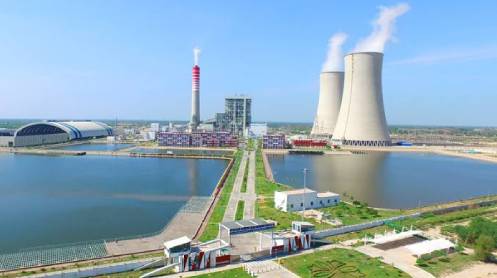Russia held its spot as China’s top oil supplier for a third month in July, data showed on Saturday, as independent refiners stepped up purchases of discounted supplies while cutting shipments from rival suppliers such as Angola and Brazil.
Imports of Russian oil, including supplies pumped via the East Siberia Pacific Ocean pipeline and seaborne shipments from Russia’s European and Far Eastern ports, totalled 7.15 million tonnes, up 7.6 percent from a year ago, data from the Chinese General Administration of Customs showed.
Still, Russian supplies in July, equivalent to about 1.68 million barrels per day (bpd), were below May’s record of close to 2 million bpd. China is Russia’s largest oil buyer.
Imports from second-ranking Saudi Arabia rebounded last month from June, which was the lowest in more than three years, to 6.56 million tonnes, or 1.54 million bpd, but still slightly below year-ago level.
Year-to-date imports from Russia totalled 48.45 million tonnes, up 4.4% on the year, still trailing behind Saudi Arabia, which supplied 49.84 million tonnes, or 1 percent below the year-ago level.
China’s crude oil imports in July fell 9.5 percent from a year earlier, with daily volumes at the second lowest in four years, as refiners drew down inventories and domestic fuel demand recovered more slowly than expected.
The strong Russian purchases squeezed out competing supplies from Angola and Brazil, which fell 27 percent year-on-year and 58 percent, respectively.
Customs reported no imports from Venezuela or Iran last month. State oil firms have shunned purchases since late 2019 for fear of falling foul of secondary U.S. sanctions.
Imports from Malaysia, often used as a transfer point in the past two years for oil originating from Iran and Venezuela, soared 183 percent on the year, to 3.34 million tonnes, and up from June’s 2.65 million tonnes.
Meanwhile, another set of data showed China’s coal imports from Russia jumped 14percent in July from a year earlier to their highest in at least five years, as China bought discounted coal while Western countries shunned Russian cargoes over its invasion of Ukraine.
China brought in 7.42 million tonnes of coal from Russia last month, data from the General Administration of Customs showed on Saturday.
That was the highest monthly figure since comparable statistics began in 2017, up from 6.12 million tonnes in June and 6.49 million tonnes in July 2021.
Western countries were avoiding cargoes from Russia ahead of a European Union ban on Russian coal that came into force on August 11, aimed at reducing the Kremlin’s energy revenue over its February invasion.
The ban has forced Russia to target buyers such as China and India and sell at a steep discount.
Russian thermal coal with a heating value of 5,500 kilocalories (kcal) traded around $150 a tonne on a cost-and-freight basis in late July, while coal of the same quality at Australia’s Newcastle port was assessed at more than $210 a tonne on a free-on-board (FOB) basis.
Some Chinese traders expect more Russian coal to flow into China in the fourth quarter when utilities in northern China
build stocks for the winter heating season.
July shipments of Indonesian coal, mostly cheap, low-quality thermal coal with a heating value below 3,800 kcal, were 11.7 million tonnes. That was up 22% from June but down 40% from a year earlier. China has reduced its overall coal imports in recent months amid surging domestic output.
Power plants in southern China have increased tenders to buy Indonesian coal in August as it is cheaper than domestic coal, while demand for coal-fired power generation has been boosted by a record heat wave.
Indonesian thermal coal with a heating value at 3,800 kcal changed hand at about $78 a tonne on a FOB basis last week, which would still below about 690 yuan ($101) for local coal when considering shipping costs. China’s customs data showed zero coal shipment from Australia in July.





